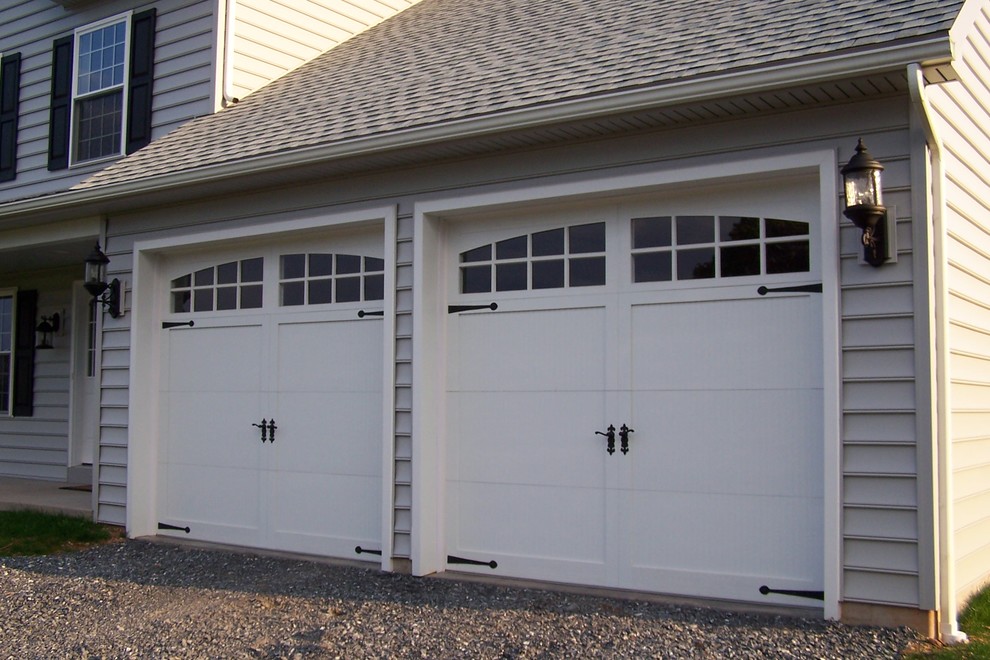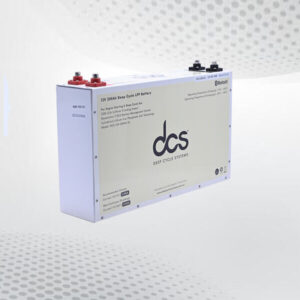Garage doors play a vital role in the functionality and security of your home, yet most homeowners seldom think about what goes into making these essential components work. Understanding the various parts of a garage door can help you troubleshoot issues, perform maintenance, and make informed decisions when it comes time to replace or repair your door. In this article, we will break down the different parts of a Garage Door Repair, explaining their functions and importance.
1. Garage Door Panel
The garage door panel is the large, flat section that makes up the main body of the door. Depending on the style and design of your garage door, it may consist of multiple panels that are hinged together. Panels come in various materials, including steel, aluminum, wood, and fiberglass. They can also be insulated for energy efficiency and comfort.
Functions:
- Provides the primary barrier against weather and intruders.
- Aesthetic appeal that enhances the home’s exterior.
2. Track
The track is a crucial component that guides the movement of the garage door as it opens and closes. Tracks are typically made of steel and are installed vertically on the sides of the garage door opening, transitioning to horizontal tracks that extend into the garage ceiling.
Functions:
- Guides the door smoothly during operation.
- Keeps the door aligned and secure.
3. Rollers
Rollers are small wheels that fit into the tracks and allow the garage door to move up and down smoothly. Most rollers are made of nylon or steel, and their quality can significantly impact the door’s operation.
Functions:
- Facilitate smooth movement along the tracks.
- Reduce friction and wear on the door and tracks.
4. Hinges
Hinges are the mechanical joints that connect the panels of a sectional garage door. They allow the door to bend and pivot as it opens and closes. Hinges are usually made from durable metal to withstand regular wear and tear.
Functions:
- Enable the door to articulate and function properly.
- Allow for smooth movement between panels.
5. Spring System
The spring system is a critical component responsible for counterbalancing the weight of the garage door. There are two main types of spring systems: extension springs and torsion springs.
- Torsion Springs: These are mounted above the door and work by twisting as the door opens and closes. They store energy in a tightly wound coil and release it when the door is in motion.
- Extension Springs: Located on either side of the door, these springs stretch and contract as the door operates.
Functions:
- Counterbalance the weight of the door, making it easier to open and close.
- Help absorb shock during operation.
6. Cable
Cables are attached to the springs and are responsible for lifting the door. They run along the sides of the tracks and are crucial for the proper functioning of the spring system.
Functions:
- Transfer the lifting force from the springs to the door.
- Maintain tension and balance during operation.
7. Garage Door Opener
The garage door opener is the motorized device that automates the opening and closing of the garage door. It typically consists of a motor, a drive system (chain, belt, or screw), and a remote control system.
Functions:
- Provides convenient operation of the garage door without manual effort.
- Often includes safety features such as auto-reverse and remote controls.
8. Safety Sensors
Safety sensors are located near the bottom of the garage door tracks and serve a crucial safety function. They detect any obstructions in the door’s path and prevent the door from closing if something is in the way.
Functions:
- Enhance safety by preventing accidents and injuries.
- Ensure that the door does not close on vehicles or people.
9. Weatherstripping
Weatherstripping is a material (usually rubber or vinyl) that is applied along the bottom and sides of the garage door to seal gaps. This helps keep out drafts, rain, and pests, improving energy efficiency and comfort.
Functions:
- Provides insulation and prevents energy loss.
- Keeps out water, dirt, and unwanted creatures.
10. Bottom Bracket
The bottom bracket is located at the base of the garage door and holds the bottom roller in place. It also serves as the attachment point for the cable that connects to the springs.
Functions:
- Supports the door structure and provides stability.
- Assists in the functioning of the door’s lifting system.
Conclusion
Understanding the various parts of a All Day Garage Door is essential for proper maintenance and repair. Each component plays a specific role in ensuring the smooth operation of the door while contributing to the overall security and functionality of your home. Whether you’re troubleshooting an issue or planning an upgrade, knowing the terminology and functions of these parts can help you make informed decisions. Regular inspections and maintenance can prolong the life of your garage door and ensure that it operates safely and efficiently.




